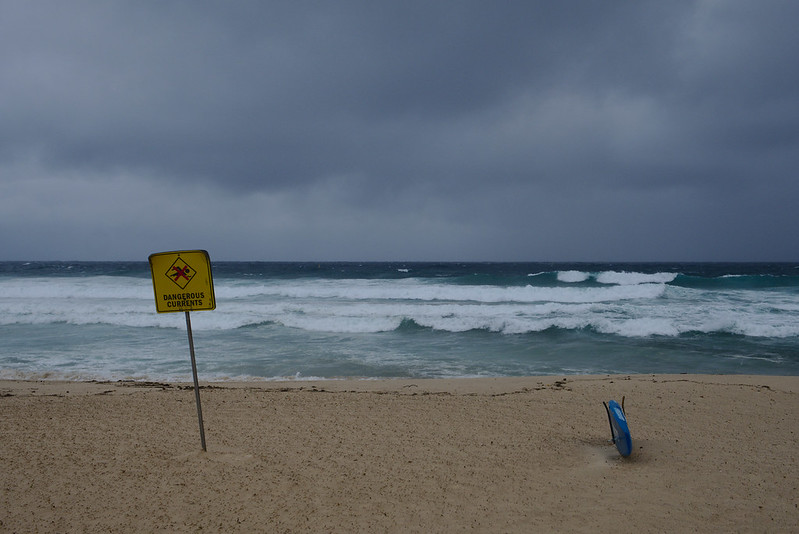

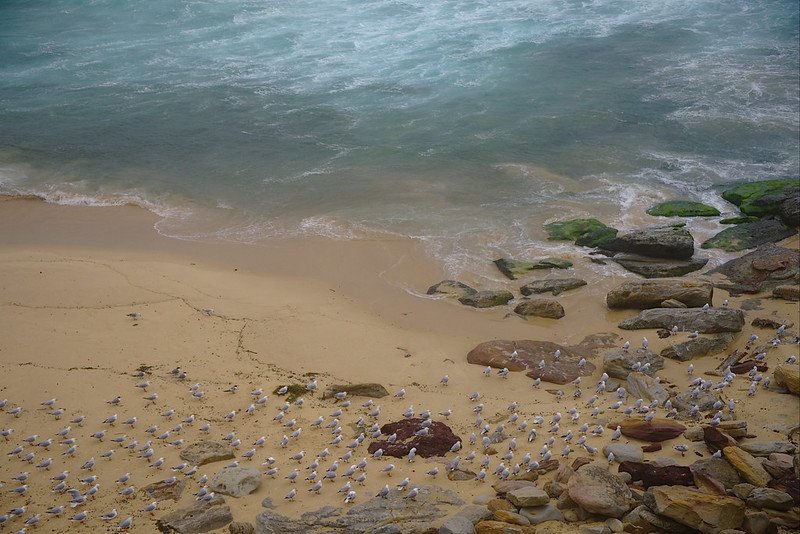

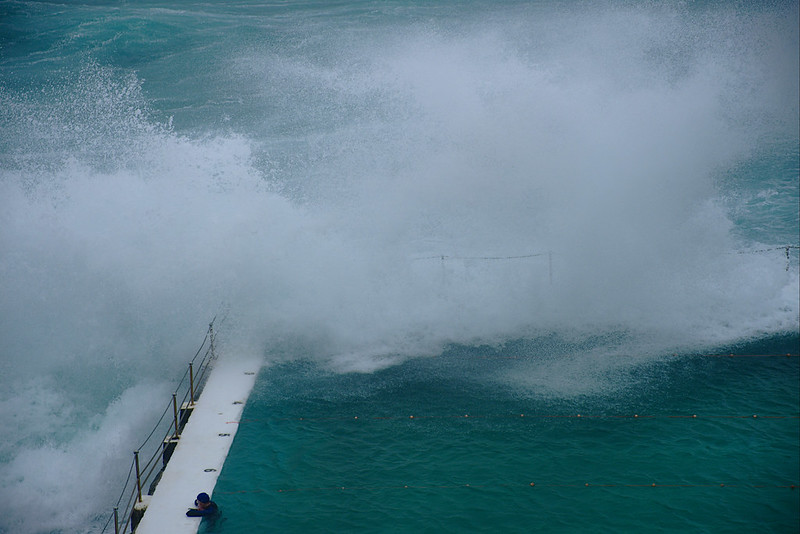



by Mary
We made another trip to Thredbo this year after all, this year in intense drought.

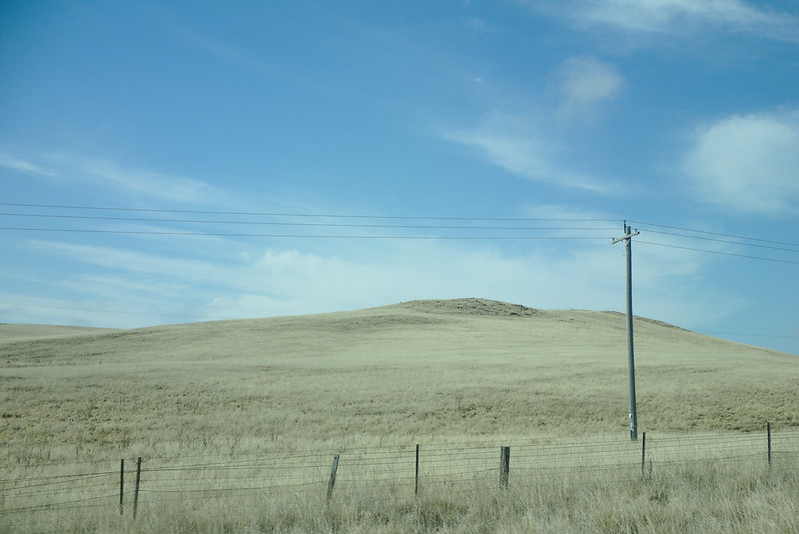
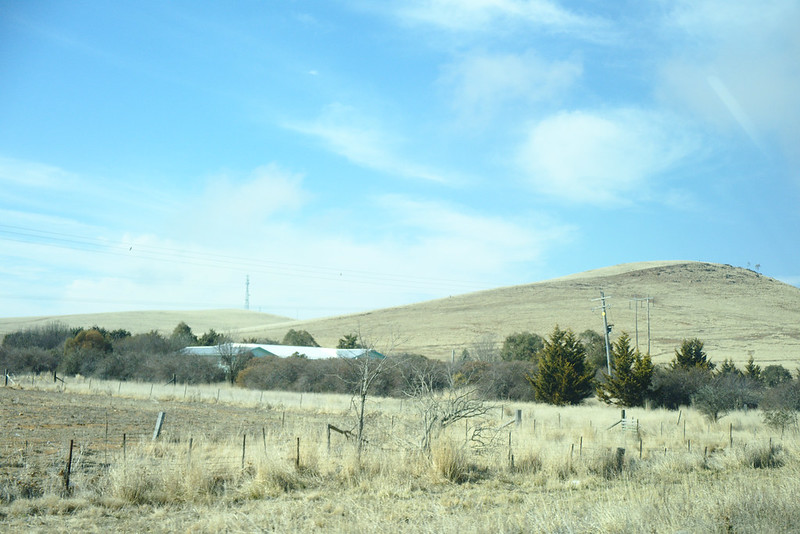
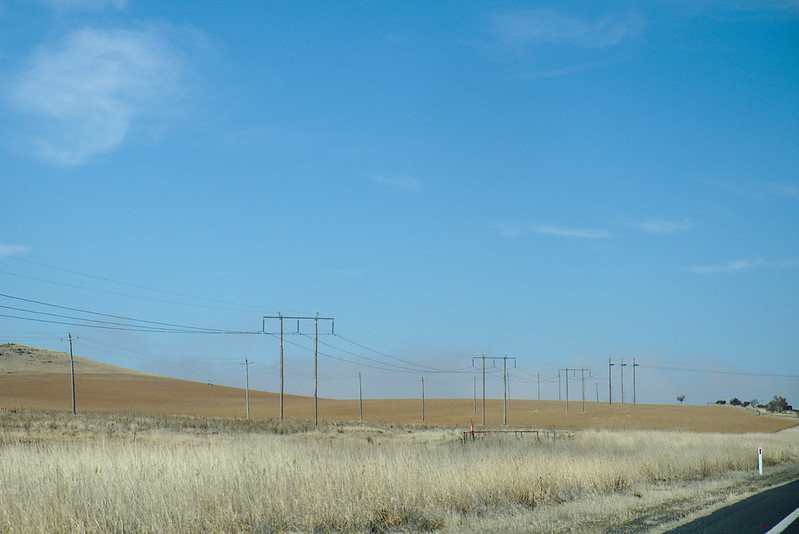
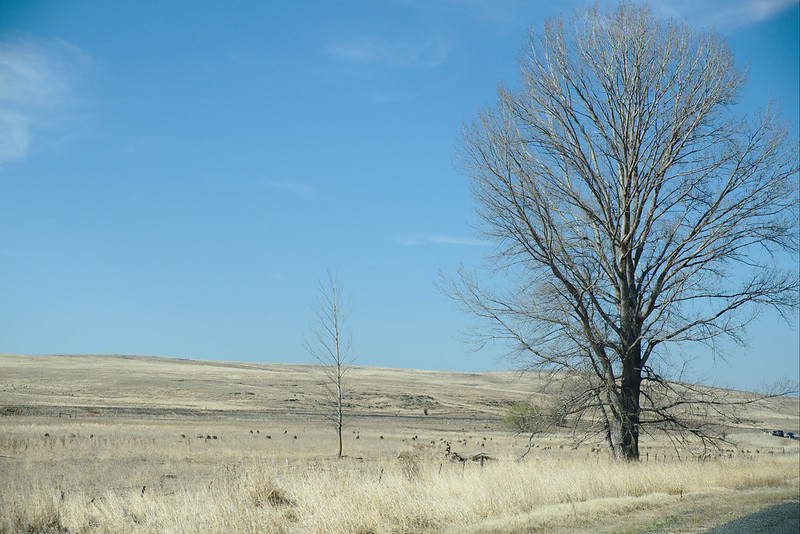
Daniel Mallory Ortberg had Anita Sarkeesian as a guest on his Dear Prudence podcast recently and they answered the following question for Slate Plus members:
Subject: Boss too much
I am employed at my until recently all-time favourite job. I like everything about it. But the number one reason was the relationship I had with my boss. I’m an executive assistant and we have the same toe-the-line sense of humour.
Last week though in the parking lot after a charity event he groped me and asked me for sex. He was very drunk which was why I stayed late in the first place, to be his designated driver. I got out of his car and left immediately after this happened. He followed up with a phone call on the way home, not to apologise but to reiterate his attraction to me.
Now I don’t know what to do. He has promised me and delivered to my predecessor a great promotion to a department of our choice after a few years of service. He’s also at the top of the organisation, only the foreign board is above him. He’s gone back to joking with me having never apologised. I also haven’t confronted him. He was so drunk that I’m not even sure he remembers it.
I have one year until I could be promoted out, as he plans to retire, but my new job is not guaranteed. He wasn’t forceful but he was and always has been highly suggestive. I don’t know what I want to do. What are my best options?
Dear Prudence: “Weapons-grade Pettiness” Edition (offset 47:10 for Slate Plus members)
Ortberg and Sarkeesian went on to discuss various options, including whether or not to involve HR (although without fully diving into the distinct possibility that this guy is the boss of the head of HR) or the board. But they didn’t dive into this detail: “we have the same toe-the-line sense of humour”.
There’s no more details, but I’m assuming this means that the letter writer and their boss do a lot of joking about sex. It sounds like the letter writer assumed, and continues to hope, that this means they and their boss have both a close, fun, sexy, relationship, and a shared understanding of remaining boundaries.
However, that’s not what’s going on. Now that we know he assaulted his assistant, we also know that the sexy jokes were him grooming them in advance of his assault.
Grooming is a technique used to prepare a future abuse victim to be accepting of abuse: gradual pushing of the future victim’s boundaries, encouraging the future victim to push boundaries themselves, plus plenty of positive reinforcement that this is good fun, we’re close friends, and so on.
Because of the positive reinforcement, which is a key part of healthy relationships too, grooming is tricky to identify in the moment: you may only be able to make it out in the rear-view mirror. In this specific case we have a big warning sign: the massive power differential between a (I assume) CEO and his executive assistant. That’s not a line you want to toe: one of the two people has a lot more say in where that line is, and he went on to prove it! But that’s not always so, grooming can occur between people without such an obvious power difference, and it’s often sexy or fun or silly to make sexual jokes! It’s the part where the abuse shows up that turns it into grooming.
This is a big part of the puzzle around “but whyyyy can’t we all have fun sexy joke times at work?” Aside from sexy joke times not being everyone’s idea of fun, there’s a history of exploitation around them. They’ve been used for grooming too many times, to turn the tables on someone who thought of their boss as their sexy-joke-buddy and found out they were actually a sexy-joke-predator. Now everyone who has had that happen, or who knows the dynamic, has to toe two lines: pleasing the sexy-jokes boss types, and constantly watching out for the groomer’s heel turn.
By extension, grooming is also something an abuser can do to other people in a position to report or stop their abuse of others. They set up a narrative of themselves as a good or harmless person. They can, for example, be the office prankster, or collective little sibling, or kind mentor, or hapless single person who is just so lonely. With these narratives in place the abuser has their defences put for them: prankster lonely person just needs to learn some social skills; mentor was just trying to help, little sibling is so cute and harmless!
In another advice column, we even find a description of someone who has managed to play almost all of those cards at once.
I recently got promoted into a HR manager at an office and have been working there for the past 3 years. Couple of months in my friend/mentor of a different department was accused of sexual harassment by an intern. She said that he kept hugging her, holding her hand when saying hello, asking about her dating life, joked about sex, and would invite her to private lunches or talks on the roof. Even to dinner or drinks after work[…]
He has been working here for the past 8 years and has helped countless of women feel comfortable in the office and is close friends with many other managers. I consider him a close friend and he knows about my personal problems. I don’t want to lose him or make him reveal my personal life out of anger [ed: emphasis] […]
I feel like the intern is overreacting since all the other girls are fine with it, and if she just told me, I would have told her to let it go. He is a good, friendly guy who was looking out for her[…]
Ask Dr. NerdLove: Do I Need To Fire My Friend? via Han and Matt Know It All #79 (offset 4:12)
What can you do about grooming? Knowledge is a great start: you can be aware that grooming is a possibility, that in hearing accusations of abuse or experiencing abuse the odd behaviours, relationships, and other puzzle pieces that you read as “not an abuser” may have been constructed for you deliberately.
When you are abused or an accusation of abuse is made, you might look back over someone’s history with their victim or with people in the same environment and watch for one or more of these patterns:
And it’s very tempting to read these as, in order, “a confusing situation with fault on both sides”, “someone who needs taking care of and would never hurt a fly”, and “a great mentor/boss who pays it forward”. Or even “a confusing situation with fault on both sides involving a great mentor/boss who is really deep down someone who needs taking care of!”
Instead when these stories come to mind consider the possibility that what you have is a practised abuser who has groomed both their victims and bystanders to underestimate them or to think well of their motives. The counterexamples or the odd puzzle pieces are in fact part of an arc of abuse, not a defence against it.
Likewise, someone who is very insistent on a shared narrative of themselves as a good or harmless person is a warning sign. Almost everyone thinks of themselves as a good person, it’s less common and more dangerous when someone says it out loud in so many words (“I’m one of the good guys!”, “I’m mostly harmless!”) or insists on this being the story other people tell about them.
Abusers push boundaries, and the groomer is a type of abuser who likes to push the earlier boundaries with some consent or participation from their future victim. Super-fun happy-times boundary pushing is still boundary-pushing, and you should approach sceptically and watching very carefully for what happens when the other person wants to stop.